As the affordability of CNC, and Digital Printing gets better, and using it becomes more intuitive, these technologies find their way into adjacent fields, like museums. This affects your institution in two very important ways.
- Cost Savings.
My work while at Field Museum, taught me much about how to build cost effective, conservation minded display cases. The reality of the cost savings of building in house is understood by all. The shift in technology from industry to small business, schools, and artists, makes what was once highly specialized knowledge, widespread. Now embraced by the underground, outsider culture, CNC and digital printing are changing the way we build. Even the most modest of museums typically have space set aside for either staging or repairs. Now that CNC systems are less expensive, we are seeing CNC as an integral part of these spaces.
While used for repair and signage at first, it is a simple transition to making furniture, and eventually cases. Furthermore CNC lends itself to improving the way things are made. stronger, simpler, less waste. If your Museum has not transitioned into digital fabrication, it is no longer a question of “if,” but “when.” What was, at one time, a $100K investment, can now be realized for less than $30K, and at Field, we estimated our machine paid for itself in a little over a year.
- Attracting Patrons.
Museums experience periodic shifts in their visitor’s points of view. These paradigm shifts happen around major societal change. These shifts represent shifts in public awareness. In the twentieth century, things like, “The New Deal” “WWII” or the first tour of “King Tut,” changed how viewers see the museum experience. These shifts, if taken advantage of, are opportunities for our institutions to change.
Our current paradigm shift is centered around Maker Culture, created in 2006, and proliferating in the digital metamorphosis of our society. The Maker Culture is an immersed generation. Social Media, “Do It Yourself” trends, and prolific volumes of information at their fingertips, has produced a culture that has been brought up researching, sharing information and ideas, and solving problems for themselves. This has produced an altogether different museum audience, one informed, instantly connected, and concerned.
Shifting Museum Culture, however, is not just the phenomenon of digital saturation, but also of the coming of age of what I refer to as, “Second Generation Greenies.” The average visitor now, knows that museums should protect and preserve heritage for future generations as well as showing cool stuff. Empowered through social media, and brought up on the idea that it is important to actively take part in helping preserve the environment, their sensibilities are different. They understand taking a socially responsible approach to museum operations. This translates into an opportunity to focus on collection preservation.
More patient, more informed, this generation is willing to wait, if it means exhibitions are built eco-friendly, and artifacts are preserved, much the same as they are willing to pay more for fair trade coffee. From a marketing point of view, they are just as comfortable seeing work in progress, as finished shows. This means no lost opportunities when slowing down our process to do things carefully. Furthermore, this generation understands the importance of a museum’s infrastructure. Many are just as happy to raise money to preserve a collection, as they are to mount an exhibition. They are excited by seeing behind the scenes content, like prep labs, collection visits, and are into events like the member’s nights. This generation is comfortable with simpler more humble looks and materials, such as plywood, or even cardboard, “It is what it is!” They revel in the materials, especially recycled materials, appreciate local sourcing, and are willing to accept extra cost if it means doing the right thing. That means for many institutions the time has come when it is possible to put artifacts above all else.
An Institution is benefited by generating a sense of ownership and empowerment, among its public. Digital fabrication makes this not only possible, but easy. Most important of all, while the “Second Generation Greenies,” are our Museum visitors, the first generation greenies, or “The Earth Day Culture,” has now become our donors and benefactors. Institutions on board with digital fabrication, and its benefits, will have the tools to connect as never before.
For those interested, I will be speaking at Smithsonian American Art next month with colleague Shelley Paine, http://www.conservation-us.org/education/education/current-courses/conservation-and-exhibition-planning-material-testing-for-design-display-and-packing#.VjLY0oQcJ7E and I have an abstract on this subject submitted to AAM for the upcoming Washington event next year. With a little luck, I will see everyone there, where we can discuss this extensively. Cheers!
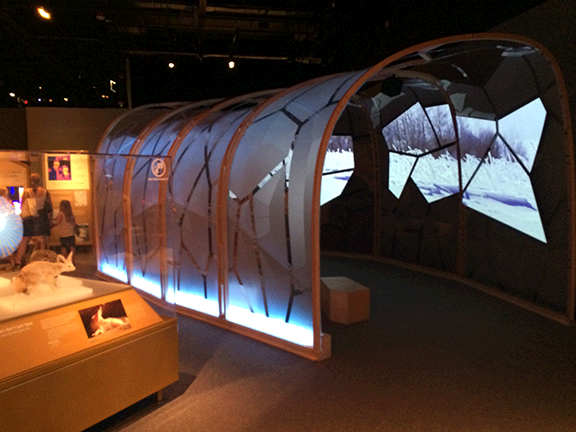
Leave a Reply